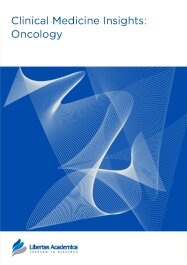

Publication Date: 12 Aug 2013
Type: Review
Journal: Clinical Medicine Insights: Oncology
Citation: Clinical Medicine Insights: Oncology 2013:7 181-197
doi: 10.4137/CMO.S8528

Acute myeloid leukemia (AML) represents a malignant accumulation of immature myeloid cells in the marrow, presenting with impaired hematopoiesis and its attendant complications, including bleeding, infection, and organ infiltration. Chromosomal abnormalities remain the most powerful predictors of AML prognosis and help to identify a subgroup with favorable prognosis. However, the majority of AML patients who are not in the favorable category succumb to the disease. Therefore, better efforts to identify those patients who may benefit from more aggressive and investigational therapeutic approaches are needed. Newer molecular markers aim at better characterizing the large group of intermediate-risk patients and to identify newer targets for therapy. A group that has seen little improvement over the years is the older AML group, usually defined as age ≥60. Efforts to develop less intensive but equally efficacious therapy for this vulnerable population are underway.
PDF (663.09 KB PDF FORMAT)
RIS citation (ENDNOTE, REFERENCE MANAGER, PROCITE, REFWORKS)
BibTex citation (BIBDESK, LATEX)
XML
PMC HTML

The editors were extremely helpful and prompt in responding to questions and issues related to the submission. The online submission was easy and quick. The whole process from submission to publication was very satisfying and expeditious.
Facebook Google+ Twitter
Pinterest Tumblr YouTube